
Must-read neuroscience research news from May 2018
This month’s must-read neuroscience research includes new software developments that can improve medical diagnoses and treatments, a hydrogel that aids blood vessel and neuron regrowth as well as nanoparticles that can fight brain cancer. Happy reading!
1. Brain signal discovery may let Parkinson's patients sleep through brain surgery
Deep brain stimulation is a procedure that can significantly reduce symptoms of Parkinson’s disease, including tremors. However, to ensure the electrodes are positioned correctly, the patient must remain awake during the surgery.
Researchers at the Bionics Institute have discovered a brain signal that may guide surgeons to allow electrodes to be inserted into the brains of patients without them being conscious. This could prevent patients being put off from having this life-changing surgery by the daunting prospect of having to remain awake throughout the procedure.
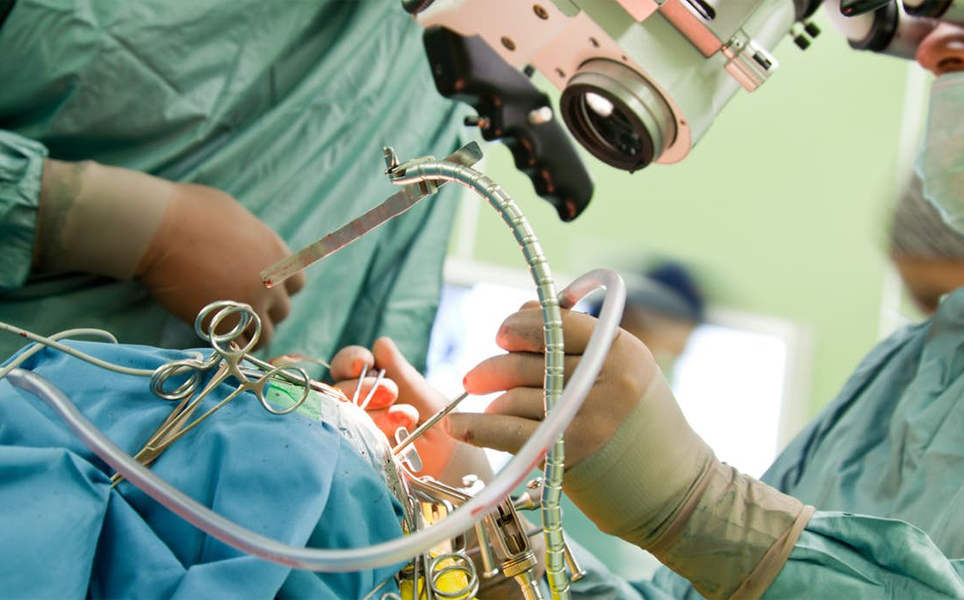
A guiding brain signal
2. The Allen Integrated Cell launches
The Allen Institute have launched the Allen Integrated Cell, the world’s first predictive and comprehensive 3D model of a live human cell.
The molecular machinery and organelles of a cell can be seen at the same time, in 3D, helping scientists to understand how the different components work together to drive the functioning of the cell.
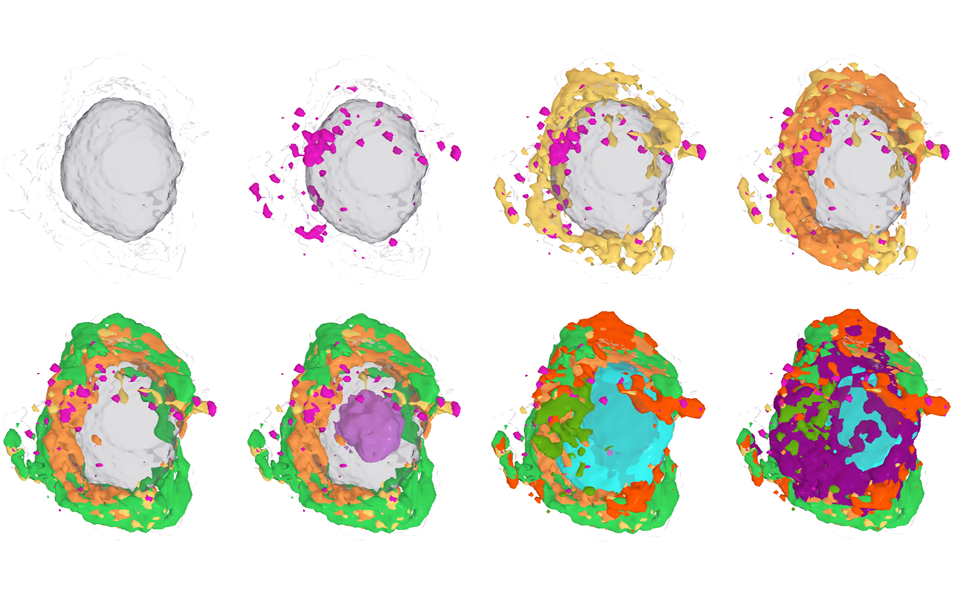
See cells in 3D
3. Ultrasound helmet would make live images, brain-machine interface possible
Vanderbilt University are developing a brain-machine interface using an ultrasound helmet and electroencephalogram (EEG) technology.
It is hoped that this interface could one day enable real-time images to be captured during surgery and even create a way for people to control software and robotics, for example a robotic arm, without even thinking about it.
More here
4. Artificial Intelligence improves stroke and dementia diagnosis in brain scans
Scientists at Imperial College London and the University of Edinburgh have developed software that can measure the severity of small vessel disease, one of the commonest causes of stroke and dementia.
The machine learning can for the first time accurately detect changes in white matter, a marker of small vessel disease, from CT scans. These changes are difficult to detect using the human eye. This software could help doctors make decisions about treatments for patients as well as lead to more personalised medicine.
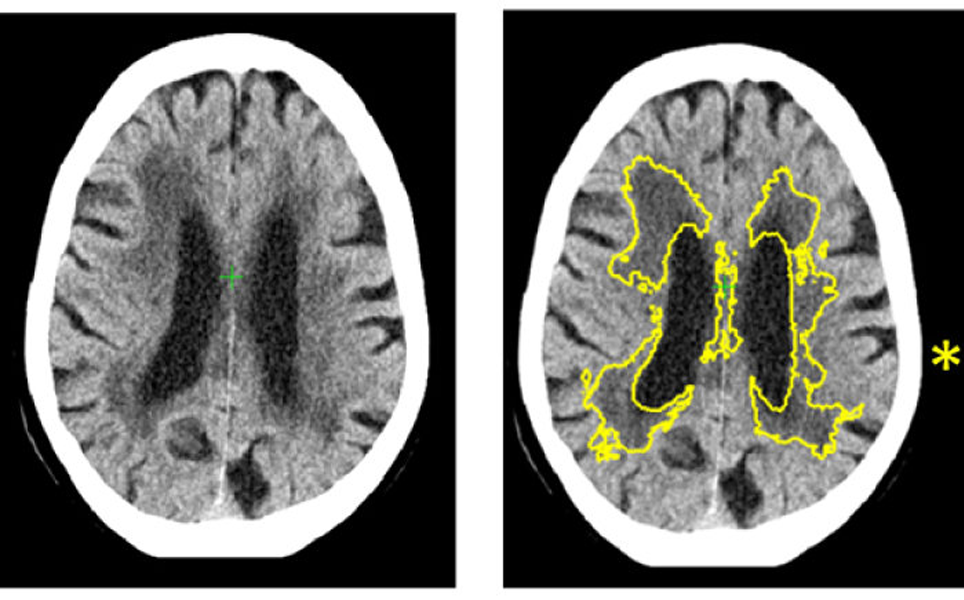
Potential for better treatments
5. New sensor discovery has implications for brain research
Researchers at St George’s University have discovered a sensor that binds to glutamate receptors, allowing scientists to visualise synaptic signalling in real-time.
The sensor is iGluu and allows researchers to see synapses in greater detail, enabling a better understanding of glutamate signalling and how this goes wrong in neurodegenerative disorders.
Seeing synaptic signalling
6. Microglia are key defenders against prion diseases
Microglia have previously been thought to worsen prion disease by secreting toxic molecules that damage nerve cells. However, research by the National Institute of Allergy and Infectious Diseases suggests that microglia can defend against a prion infection, slowing disease progression.
The researchers have hypothesised that microglia trap and destroy aggregated prion proteins that damage the brain in these diseases. Therefore, drugs that increase the activity of microglia may be able to slow the progression of prion diseases, which currently have no treatments available.
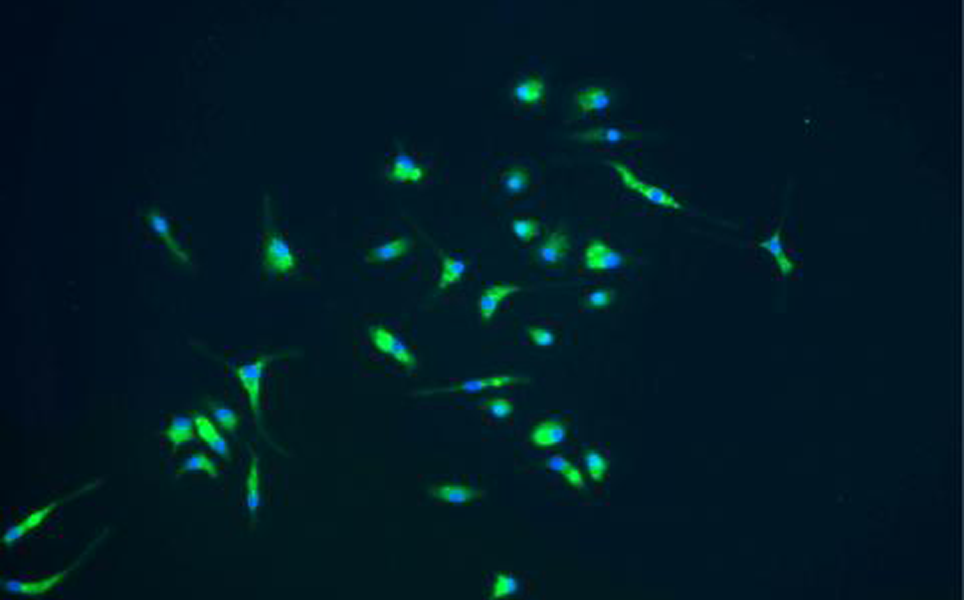
More about microglia
7. Biomaterial developed at UCLA helps regrow brain tissue after stroke in mice
Scientists at UCLA have created a hydrogel that successfully helped neurons and blood vessels regrow in the brains of mice that had been damaged by strokes. Once injected into the site of injury, the gel thickens to create a scaffold for blood vessels and neurons to grow.
The results suggest that this approach could one day be used to treat people who have suffered from a stroke.
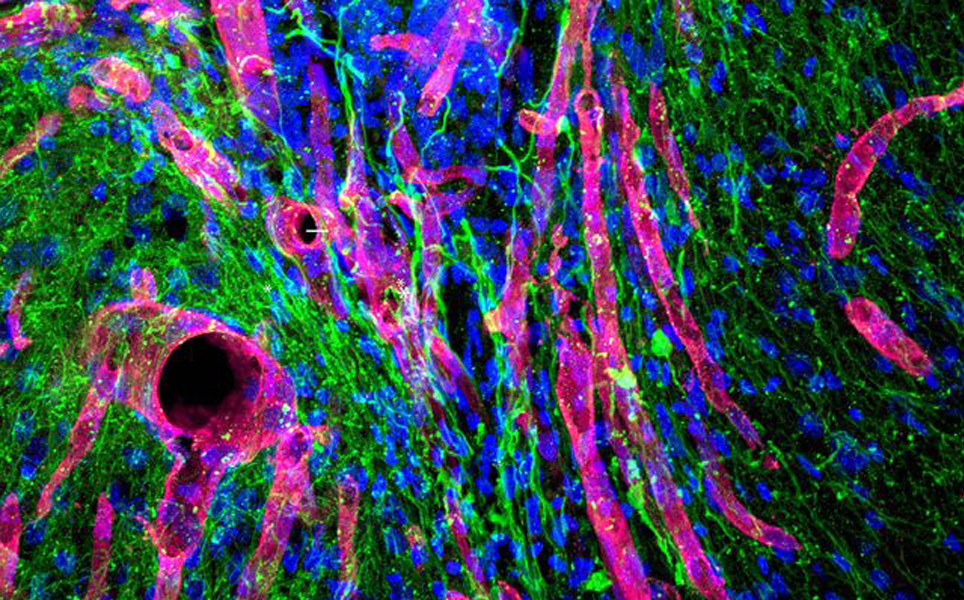
Learn more
8. New tech may make prosthetic hands easier for patients to use
Researchers at North Carolina State University and the University of North Carolina at Chapel Hill have developed new technology for decoding neuromuscular signals to control powered, prosthetic wrists and hands. The technology uses computer models that closely mimic the behaviour of natural structures in the forearm, wrist and hand.
Electromyography sensors were placed on the forearms of six able-bodied volunteers. These tracked exactly which neuromuscular signals were sent when they performed a variety of actions with their wrists and hands. This data was then used to create the user-generic, musculoskeletal model, which translated the neuromuscular signals into commands that operate a powered prosthetic.
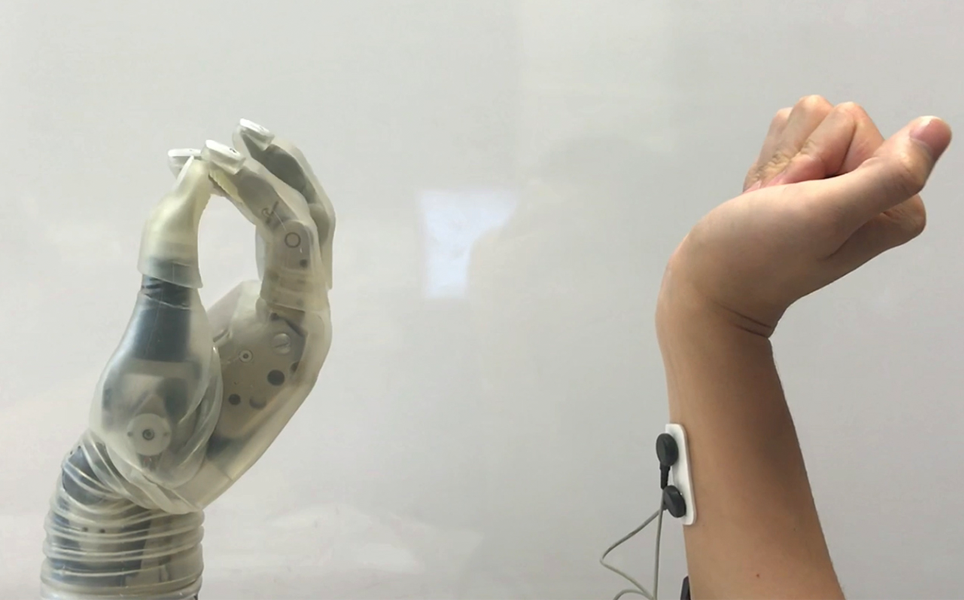
How it works
9. Tiny particles could help fight brain cancer
MIT researchers have designed a nanoparticle that can carry two different drugs, cross the blood-brain barrier and bind directly to glioblastoma tumour cells. The nanoparticles are based on liposomes that have been modified to cross the blood-brain barrier.
In mice, the nanoparticle was shown to shrink tumours and prevent them from growing back. Mice treated with nanoparticles survived twice as long as mice who received other treatments, and experienced less unwanted side effects due to the targeted delivery.
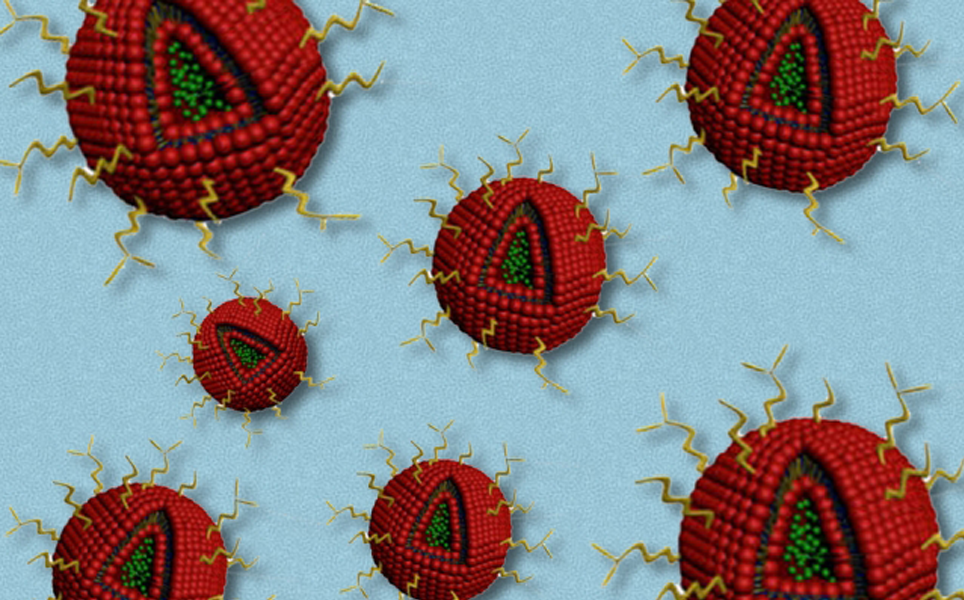
More targeted treatment
10. The brain’s frontal lobe could be involved in chronic pain
In mice and rats, some spinal pain begins in the brain’s frontal lobe, a University of Toronto researcher has found. Therefore, pain treatments targeting this area could effectively prevent chronic pain that has no obvious cause.
In animals, pain could be relieved by reducing the release of neurotransmitters from the frontal cortex. Future research will see whether the same process occurs in people. If the process is the same, a new class of non-addictive painkillers that target the frontal lobe could effectively treat neuropathic pain.
Chronic pain prevention
Please send all ultrasound helmets, brain signals and hydrogel to [email protected].
Banner image credit: Stephen Morton
Sign up to receive our latest news
Find out about Scientifica's latest product releases, company news, and developments through a range of news articles, customer interviews and product demonstration videos.

)